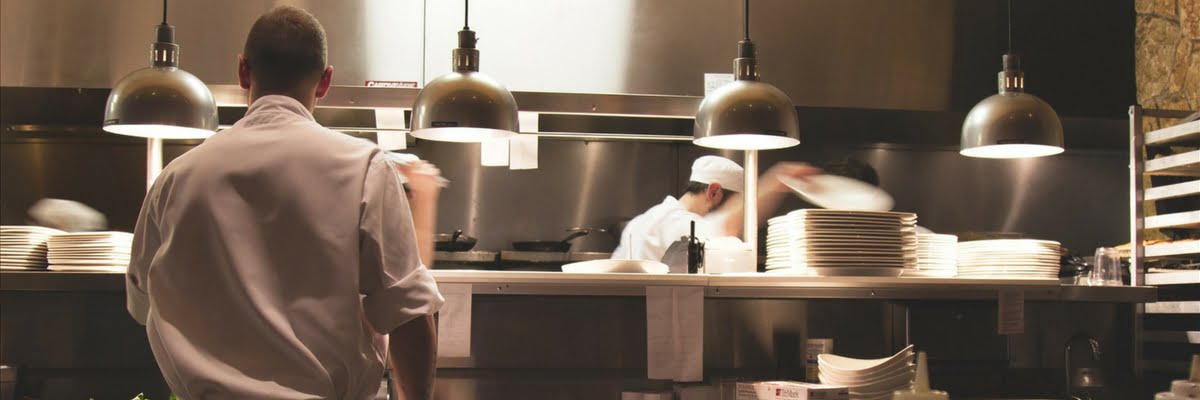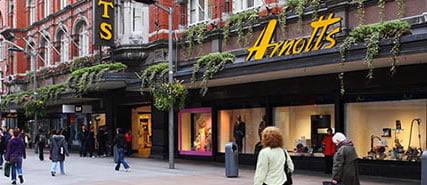
Ireland’s food service industry experienced massive growth in 2016, reaching a record €7.5bn. This positive trend looks set to continue next year and is expected to reach up to €9bn by 2020.The vast majority of spending is taking place in the Republic, which is responsible for nearly €5.4bn, 72%of the total. Consumers in the North of Ireland spent around 2.2bn in the last year.
The food service market includes anywhere outside the home that food is consumed including restaurants, hotels, coffee shops, workplace catering, hospitals etc.Despite the economic uncertainty brought by Brexit, the Irish food industry has weathered the storm well and the forecast remains positive. Ireland’s economy has been on the up, with strong employment levels, for the past number of years and although that growth is expected to even out to more moderate levels next year, households will still maintain an increased amount of disposable income.
The reduction of VAT on food to 9% has also stimulated the industry. In 2011, the Government reduced VAT on food and accommodation, which had the welcome effect of boosting tourism at a particularly shaky time for the industry, and the economy as a whole. Despite the recovery, the Government announced in their latest Budget, the VAT rate in both of these sectors will remain low.
Tourism has grown at a record pace this year, with 2016 seeing an increase of 13% in overseas visitors, leading to the much documented shortage in hotel accommodation. The numbers of business travellers to the country have also increased with hotels catering for conferences and events benefiting and experiencing particularly impressive growth.
A recent Bord Bia report showed that so-called ‘Quick Service Restaurants’ accounted for 34% of all revenue in the sector. Pubs accounted for 20% while hotels were responsible for 19% of the overall take. Cafes and coffee shops had a 5% market share.
.



